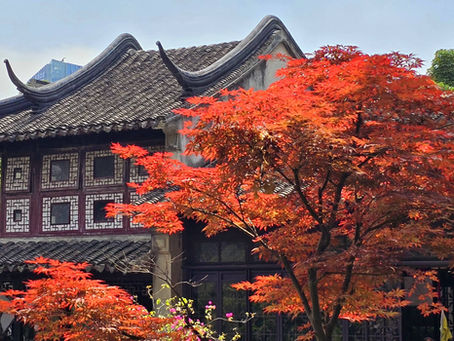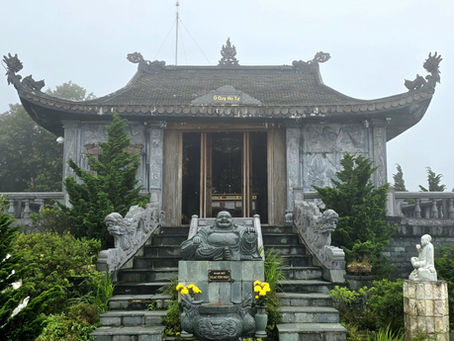top of page

GLOBAL SHANANIGANS

Search


Khao Sok National Park - Thailand’s Ancient Jungle
Declared a national park in 1980, Khao Sok in southern Thailand’s Surat Thani Province is a primeval wilderness frozen in time. Towering limestone karsts and winding rivers carve through a sprawling rainforest so ancient it once lay beneath a prehistoric ocean. At 160 million years old, Khao Sok’s evergreen rainforest offers travellers a rare glimpse into a world that has survived ice ages, shifting continents and humanity’s relentless march.
Shannon


Ulu Petanu Waterfall
Tucked deep within Tegallalang village, Ulu Petanu Waterfall offers a peaceful, intimate retreat far from Bali’s busy tourist spots, where crystal-clear waters cascade gently amid dense jungle. Steeped in legend, it is also known as the sacred site linked to King Mayadenawa, whose blood is said to have cursed the nearby river, making the waterfall a place of spiritual cleansing and reverence.
Shannon


The Lingering Garden
In a city celebrated for its canals, silk and scholars, Suzhou’s Lingering Garden represents a pinnacle of classical Chinese garden design. Often referred to as one of the “Four Great Classical Gardens of China,” it embodies centuries of artistic refinement and philosophical thought. Built in 1593 during the Ming dynasty by Xu Taishi, a high-ranking official who sought retirement and tranquility, the garden stands as a personal reflection of his scholarly ideals.
Shannon


Ô Quy Hồ Heavens Gate
Often bound in heavy fog, Cổng Trời Ô Quy Hồ or Heavens Gate, is a lesser known temple complex and viewpoint, situated atop the Ô Quy Hồ Pass, one of Vietnam's most majestic mountain passes. Located approximately 18 km's from Sapa town, this pass connects the provinces of Lào Cai and Lai Châu. Perched at an elevation of 2035 metres, it offers visitors panoramic vistas of the Hoàng Liên Sơn mountain range, including glimpses of Fansipan, the highest peak in Indochina.
Shannon


Baoguo - Temple of Divine Mountain
Situated at the foothills of Mount Emei, the Baoguo Temple serves as a gateway to one of China's Four Sacred Buddhist Mountains and stands as testament to the rich history and spiritual heritage of the region. Originally founded around 100AD, the current temple complex underwent extensive restoration during the Ming Dynasty in the 16th century, under the watchful eye of Emperor Kanxi.
Shannon


Hoa Lư - The Ancient Capital
Located south of the Red River Delta Region 90 km's from Hanoi, Hoa Lư was a bustling capital city in turmoil during the 10th and 11th centuries. For a short time, it was the economic, political and cultural centre of medieval Vietnam. In 968 A.D, it was strategically built in a flat verdant valley, protected between steep limestone mountains, which created a virtually impenetrable barrier to human traffic.
Shannon
bottom of page